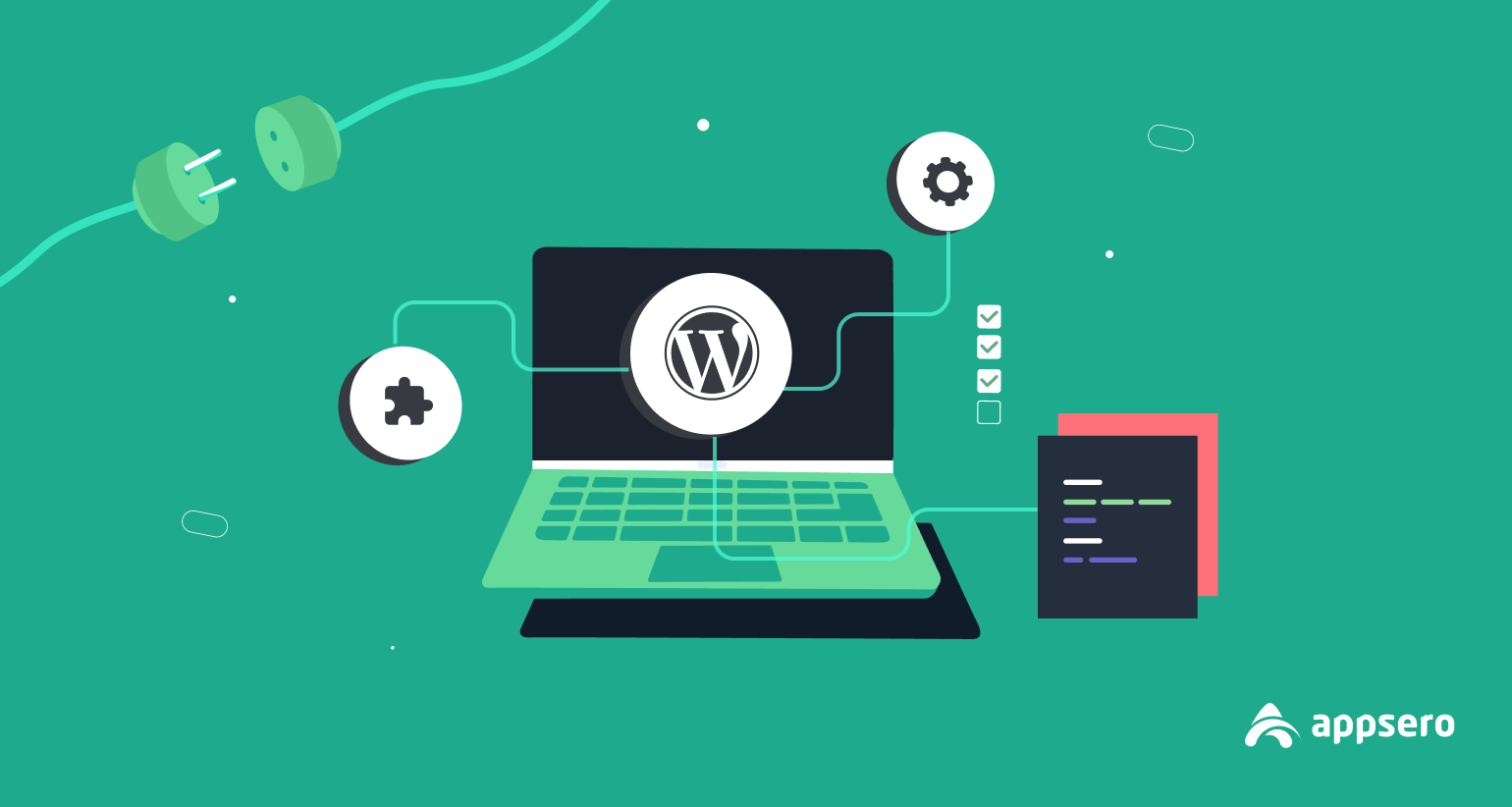CPOpen: Your Gateway to Current Affairs
Stay updated with the latest trends and insights across various topics.
WordPress Development: Where Code Meets Creativity
Unlock the secrets of WordPress development—where creativity and coding collide! Discover tips, tricks, and techniques for stunning websites.
10 Essential Plugins Every WordPress Developer Should Know
When it comes to enhancing the functionality and performance of a WordPress site, having the right plugins is crucial. Here are 10 essential plugins that every WordPress developer should know about:
- Yoast SEO: This plugin is vital for optimizing your content for search engines, ensuring you rank higher on search result pages.
- WooCommerce: Perfect for developers looking to create an eCommerce site, this plugin makes it easy to manage products, payments, and shipping.
- Elementor: A powerful page builder that allows developers to create custom layouts without any coding.
- WP Rocket: This caching plugin significantly improves loading speed, ensuring a better user experience.
- Contact Form 7: A simple yet flexible plugin for managing multiple contact forms.
Additionally, there are more plugins that aid in security, performance, and backups. Here are the remaining essential plugins every developer should consider:
- Wordfence Security: A comprehensive security solution to protect your site from malware and hacks.
- UpdraftPlus: This plugin simplifies backups and restores, allowing developers to secure their projects easily.
- Akismet: A must-have for combating spam in comments and contact forms.
- WPForms: A user-friendly form builder that enhances user engagement.
- MonsterInsights: This plugin integrates Google Analytics seamlessly into your site, providing valuable insights.

How to Create a Custom WordPress Theme: A Step-by-Step Guide
Creating a custom WordPress theme can significantly enhance your website's appearance and functionality. To begin, ensure you have a solid understanding of HTML, CSS, and PHP, as these languages form the backbone of WordPress themes. Start by setting up a local development environment to test your theme without affecting your live site. Within your WordPress installation, create a new folder in the wp-content/themes directory and name it something relevant. Inside this folder, you'll need to create a few essential files, including style.css and index.php. The style.css file not only styles your theme but also contains important metadata that WordPress uses to recognize it.
Next, delve into the core components of your theme. Begin by adding a header.php and footer.php file to structure your site’s layout. Incorporate the WordPress Loop in index.php to display your blog posts dynamically. To make your theme more flexible, consider utilizing the Theme Customization API to allow users to make adjustments through the WordPress dashboard easily. Finally, remember to test your theme across various browsers and devices to ensure compatibility and responsiveness. By following this step-by-step guide, you'll have a solid foundation for your custom WordPress theme that not only looks great but also functions seamlessly.
What Makes WordPress the Best Platform for Creative Professionals?
WordPress stands out as the best platform for creative professionals due to its unparalleled flexibility and customization options. Whether you are a designer, writer, photographer, or musician, WordPress allows you to showcase your work in a way that reflects your unique style. With thousands of themes and plugins available, you can easily create a visually stunning portfolio or a blog that captivates your audience. Additionally, the user-friendly interface makes it simple for creatives with any level of technical expertise to manage their website effectively.
Furthermore, the SEO capabilities of WordPress can significantly enhance the visibility of creative professionals in a crowded digital space. By integrating powerful SEO plugins, such as Yoast SEO, users can optimize their content for search engines effortlessly. This ensures that your portfolio or blog not only looks great but also reaches a broader audience, allowing your work to shine. In a world where online presence is crucial, WordPress provides the essential tools that enable creative individuals to thrive and grow their brand.